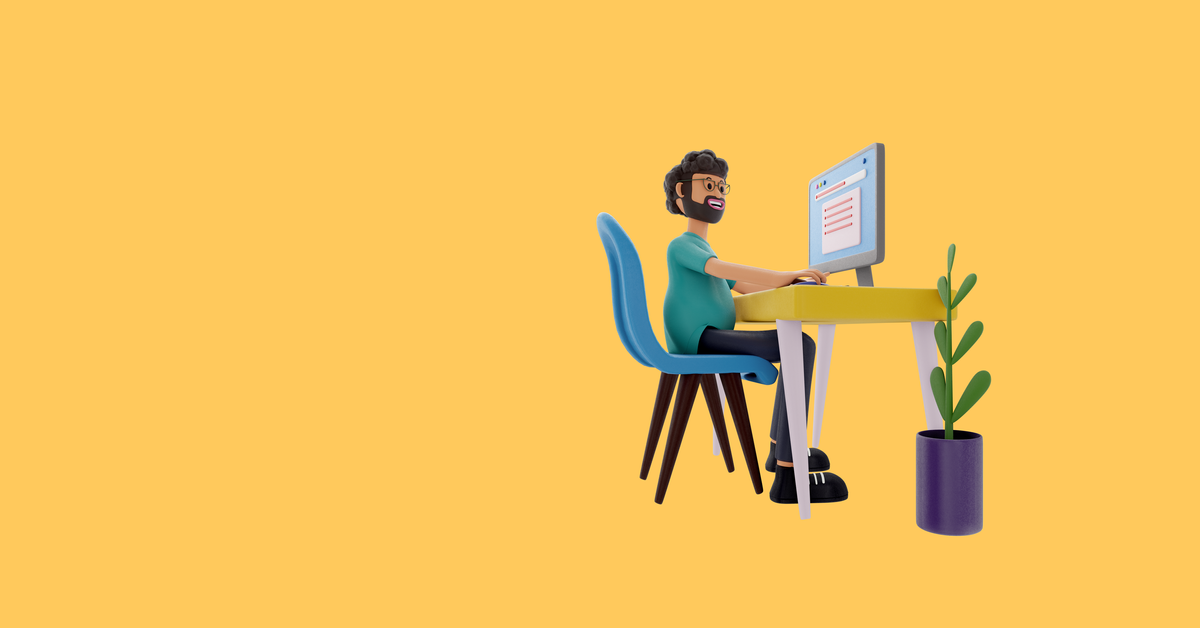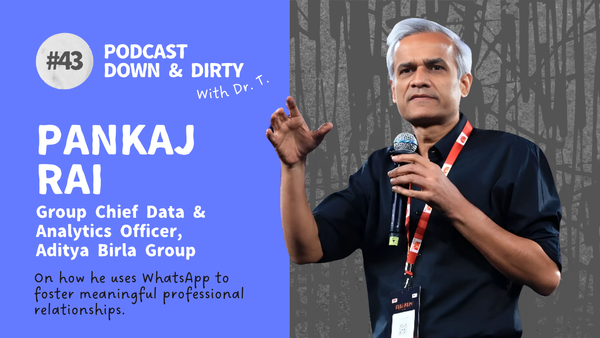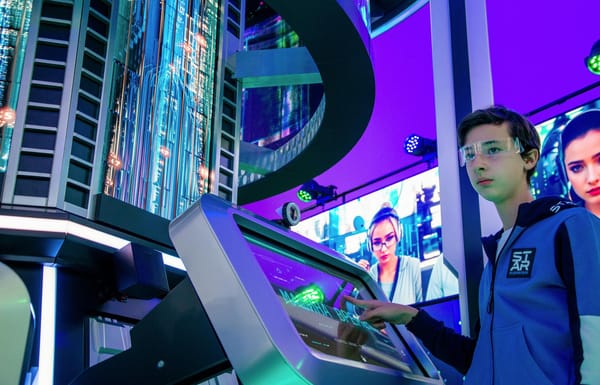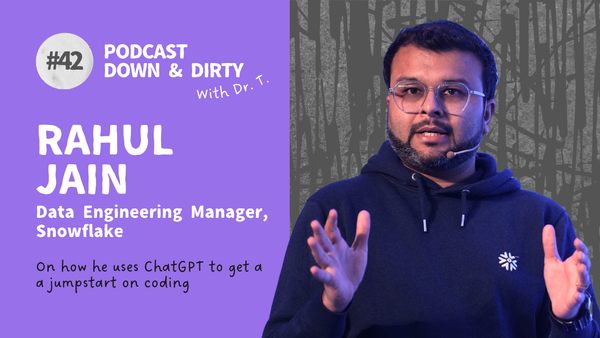💬How are Udemy and Coursera propping up dreams of a foreign education for these two guys?
Young mechanical engineering students from Mumbai share their experiences of using e-learning portals as they prepare for higher education.

Written by Swasti Acharya
‘Distance’ education was generally seen as being inferior to physical classroom learning. It is often assumed to produce a lower quality of teaching, student experience, and hands-on knowledge. The same degree title would convey different capabilities based on whether it was acquired through physical attendance in the institution or not.
What happened to degree titles in the era of remote learning?
When the pandemic hit India in 2020, the University Grants Commission (UGC) and other authorities on education issued COVID-19 specific guidelines. This resulted in the temporary closure of ~1000 universities and ~40,000 colleges. Students enrolled in these higher education institutions (HEIs) were asked to go home, schools told to conduct online classes, and teachers required to implement e-learning methods of pedagogy. For most stakeholders, making the switch was disruptive and difficult. From socio-economic issues of accessibility to physical and emotional turmoil at an individual level, the shift from offline to online and back to (somewhat) offline has posed a myriad of challenges.
Student profiles in this narrative:
- 21 years old (both)
- Male (both)
- Mumbai (both)
According to Ashraye*, “A major challenge is the studying itself.” Ashraye is a third-year mechanical engineering student from Mumbai attending AP Shah Institute of Technology. “During Covid, we didn't study for two years. It was online, so no one was studying. And I was like, ‘Yeah, the paper will come, we will copy and we'll view the exam.’”
Covid-19 idleness and isolation led to motivation, new ideas
“During COVID, first of all, I was at my home doing nothing,” recalls Tanuj*, another 21-year-old Mumbaiker pursuing the same degree from Rajiv Gandhi Institute of Technology. “But then that was the time when I was like...motivated to work out. That time I was doing some home workouts, also made some equipments at home using cement and all... I got the interest... only because I was having some free time. I was also reading some finance books... reading through that I got much more interested in this finance stuff. From last one year, I’ve been trading in the stock market.”
Meanwhile, Ashraye’s interest was sparked in learning new software. “The lockdown period was so locked down. So I went through few online courses related to the software. I learned SolidWorks. Like it is helping me now very much. Because first, I was not knowing how to use that software. But in lockdown, I had learned that software and few other technical courses that helped me in my exams.”
E-learning platforms boom during shift to remote learning
While students struggled to get used to equilateral grids on their smartphones or laptops, e-learning platforms thrived. Lockdowns and social distancing ensured significant growth for edtech applications that brought the world functionally closer. With more than 4000 edtech startups in the country, Indian companies made international presence. For international companies like Coursera, India’s young population has proved to be a rapidly growing market. In fact, Udemy’s internal report suggested a 200+% surge in enrollments in the region.
Both Ashraye and Tanuj picked Udemy and Coursera to learn about their areas of interest.
Tanuj relied on Udemy to better understand the Technical Analysis of Stocks along with some Futures and Options courses. For Ashraye, Coursera was a clear winner because “they teach the technical subjects which are difficult. And during that they do a lot of practical examples.”
Although there are free courses available, they only give an introductory lesson and our respondents were keen to dig deeper. Depending on the certification, they’ve paid different amounts ranging from INR 5,000 to INR 20,000 for each course which can be a financial difficulty for many.
Apart from Massive Open Online Courses (MOOCs), YouTube is another great and free resource for virtual tutoring. It offers you the benefit of learning remotely while giving you the semblance of interacting with people real-time going over concepts to clarify them. The human-touch behind learning is exactly what Tanuj says he’d miss out on: “I follow a YouTuber called Rachna Ranade, she is a CA. She has a great skill of teaching people. And those kind of experiences… I wouldn’t have gotten from doing free courses."
Ranade is not alone in her endeavour to use YouTube as a medium of instruction. If you spend enough time on the internet, you’d know the ‘Indian Guy on Youtube’ is not just helping students like Tanuj and Ashraye but learners across the globe.
Thanks, bro! pic.twitter.com/8vmVeonlVT
— 9GAG ❤️ Memeland (@9GAG) October 11, 2021
As these two engineers come closer to graduating, their plans for the future involve an MTech or MSc in Germany.
Germany outshines US as top choice for higher-ed
Ashraye says, “Compared to the US it [Germany] is very cheap. USA and Canada are very costly. Like I'm more attracted towards [European] countries. Maybe… if a chance to go to Japan and I will visit it. I love how they build their technology. Being such a small country but giving competition to USA is great.”
“The education system is very, very good in Germany. It is like the one of the best in the world. For a mechanical engineer, the best country for studying, or for working is Germany,” echoes Tanuj.
In addition to being cost-effective and industry relevant, Germany’s student friendly policies have resulted in an influx of students from India. These include globally high rankings, free public education, extensive scholarships, and healthcare benefits.
A new meaning to ‘distance’ learning
As students go back to classrooms, old and new, the legacy of Zoom is captured in the revamping of what it means to educate oneself from a distance. What ‘distance learning’ signified a decade ago is completely different from what it implies in today’s reality.
As Tanuj and Ashraye gear up to prepare for a potential Masters in Germany, MOOCs offered on platforms like Udemy, Coursera, edX, and Future Learn aid and enhance institutional learning. To the extent that even those who graduated years ago and are well into their professional careers now have an opportunity to become students again and have certifications from named universities as proof on their LinkedIn profiles.
It’s no surprise that titles will continue to matter, be it Germany or India. And degrees are no exception. But what is also impressive is the growing acceptance and popularity of digital credentials earned from a ‘distance’ as they emerge as critical influencers in the future of education.
* Names changed to maintain privacy.



